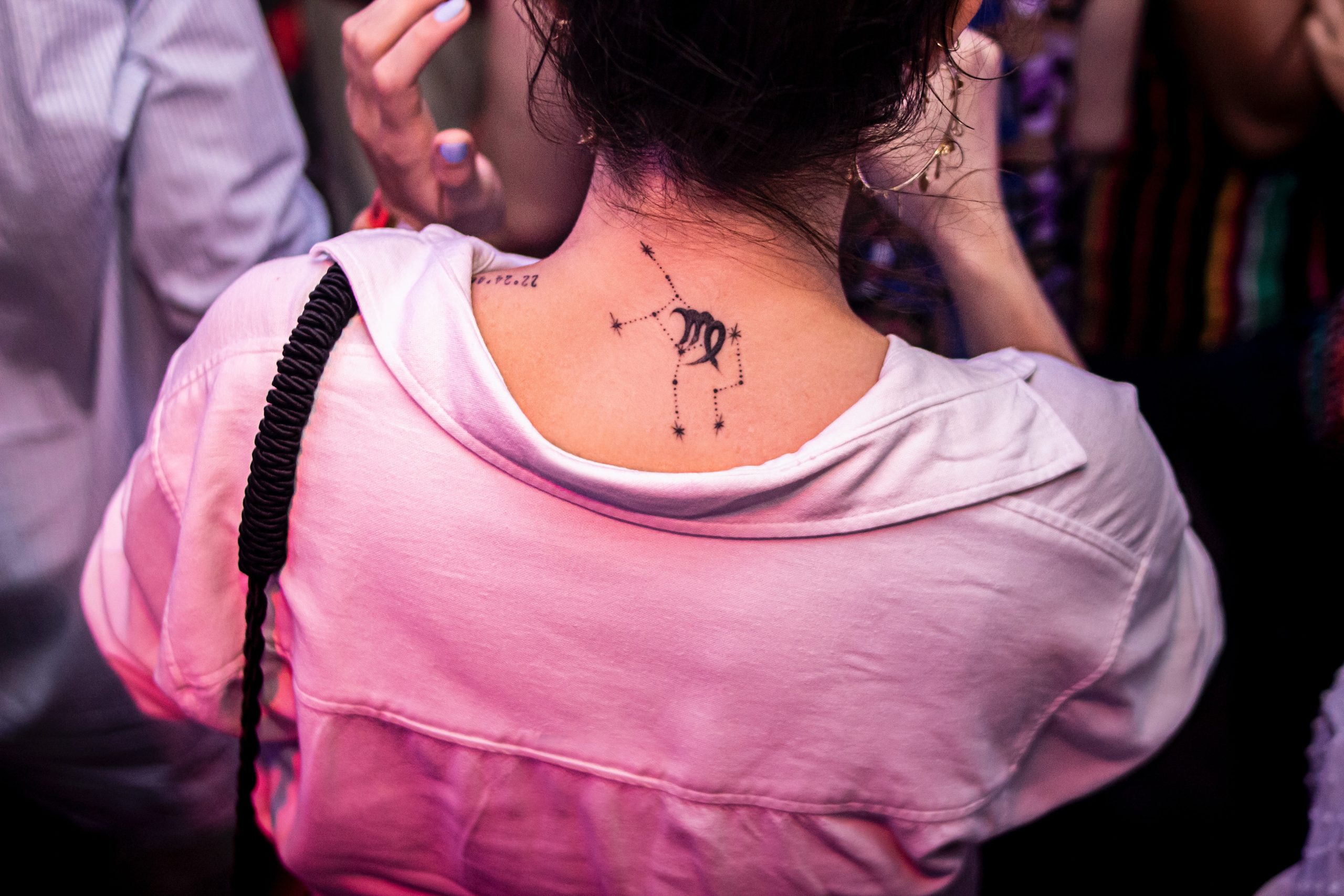How Do Tarot Cards Become Reversed?
When it comes to exploring the mystical and esoteric world of tarot cards, enthusiasts often encounter a concept known as “reversed” or “upside-down” cards. Reversed cards are an essential component of tarot readings, and their interpretation can add depth and nuance to the messages conveyed by the cards. In this blog post, we will explore the fascinating topic of how tarot cards become reversed and the implications behind their meaning.
Understanding the Structure of Tarot Cards
Before delving into the concept of reversed tarot cards, let’s briefly review the foundational structure of tarot decks. A standard tarot deck consists of 78 cards, divided into two main categories: the Major Arcana and the Minor Arcana. The Major Arcana consists of 22 cards featuring archetypal figures, while the Minor Arcana comprises 56 suited cards, similar to a traditional deck of playing cards.
Each card in the Minor Arcana has a suit – Cups, Wands, Pentacles, and Swords – along with a numerical value ranging from Ace to Ten. Additionally, each suit has four Court Cards – Page, Knight, Queen, and King – who represent various personalities.
Reversed vs. Upright Tarot Cards
In a tarot reading, tarot cards can be drawn in two orientations: upright and reversed. Upright cards are drawn and portrayed exactly as they are depicted in the deck, with the image and text oriented in the conventional way. Reversed cards, on the other hand, are drawn upside-down, with the image and text reversed.
When interpreting tarot cards, the distinction between upright and reversed positions holds significant meaning. Upright cards generally convey the positive aspects and energies associated with their symbolism, while reversed cards introduce a subtle twist, indicating challenges, blockages, or a need for caution.
How Tarot Cards Become Reversed
The process of “reversing” tarot cards is relatively simple, but it is essential to understand that not all readers incorporate reversed cards into their readings. Readers have different preferences and may choose to shuffle the cards in a way that ensures all cards remain upright.
For those who do use reversed cards, the process involves mixing or shuffling the cards in a manner that allows some cards to be drawn or placed upside-down. There are several common ways to achieve this:
- Intentional Reversals: Some tarot readers intentionally shuffle the deck with the intention of including reversed cards in their readings. They may use techniques like cutting the deck into two piles and then flipping one pile before combining it with the other.
- Random Chance: In some cases, reversed cards occur through natural chance when shuffling and drawing the cards. This can be seen as a serendipitous or synchronistic event.
- User Preference: Some tarot readers allow the person being read or the querent to decide whether they want to include reversals in their readings. This empowers the client and allows them to be an active participant in the interpretation process.
It is worth noting that not all tarot decks or readers adhere to the practice of reversed cards. Some readers believe that the upright orientation of the cards provides enough depth and insight, while others prefer a more intuitive or personal approach to interpretation.
Interpreting Reversed Tarot Cards
When interpreting reversed tarot cards, readers consider a variety of factors, including the symbolism of the card, its corresponding suit, and its position in the spread. Reversed cards are not necessarily negative; they offer an alternative perspective or a warning that requires attention.
In general, reversed cards can indicate the following:
- A blockage or obstacle in the area represented by the card.
- A need for caution or a potential warning.
- A delay or resistance related to the situation portrayed.
- An internal or emotional conflict associated with the energy of the card.
- A call for introspection and reflection.
Of course, these interpretations can vary based on the context of the reading and the intuition of the reader. It is crucial to approach each reading with an open mind and rely on both the traditional meanings and personal insights.
Conclusion
Reversed tarot cards hold a compelling place in the realm of tarot readings. By adding depth, nuance, and complexity to the interpretation process, they offer a more holistic exploration of the energies and messages conveyed by the cards. Whether intentionally incorporated or encountered by chance, reversed cards provide an opportunity for reflection, caution, and a deeper understanding of the multifaceted aspects of life.
As with any practice, the inclusion of reversed tarot cards is subjective and dependent on the reader’s preference and the querent’s wishes. What matters most is embracing the richness and diversity of tarot interpretations to unlock the wisdom that lies within these captivating cards.
Table of Contents
